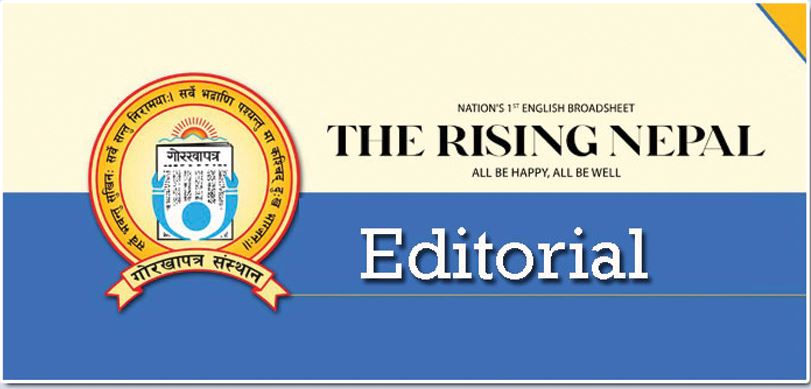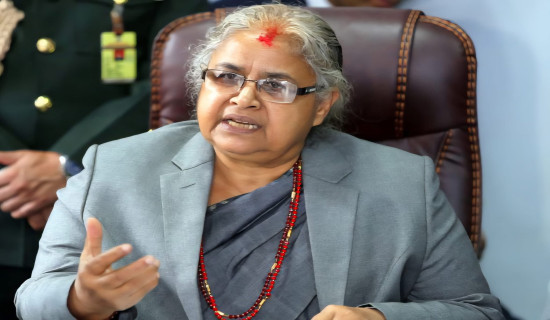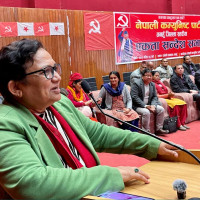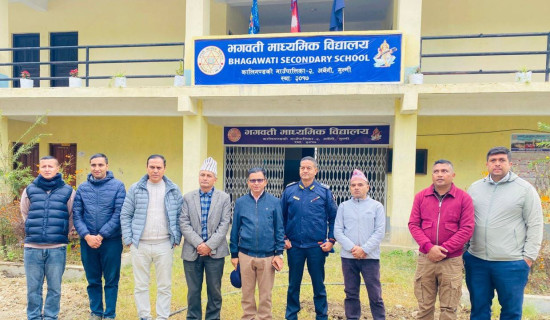- Saturday, 13 December 2025
Addressing NID Issues
The National ID Card (NID) is a monumental project undertaken by the government. It is meant to replace fragmented identity systems like citizenship certificates, voter ID, etc., to enhance service delivery through efficient services in banking, healthcare, social security and education, to strengthen security with biometric data that helps prevent identity theft, fraud and duplication, among other goals. As such, the introduction of the card is a bold move towards efficient and effective public and private services through e-governance and digital transformation. This card is hoped to solve some of the problems the citizenship card has so far failed to do and other issues as well.
Featuring a unique number, photo, personal information and fingerprints of the bearer, the NID, upon its full implementation, will be used for national and personal identities, obviating the need for a voter ID card and a Social Security card. The bearers' unique number on it will enable them to avail themselves of a range of services. The government has made it mandatory to include the NID number in passports. This card will not replace other documents like a passport and driver's license, though. The government has recently announced the integration of the national ID with the Nagarik App digital government platform to expand the reach of public services.
The card is claimed to have come as a boon for banks. By helping them control fraud and address security challenges, it is expected to mitigate their vulnerabilities to cybercrime. Another key strength is data security. That's because a specialised and dedicated government agency will be entrusted with the job of safely storing citizens' data, making it unnecessary for them to provide their data to multiple agencies. Besides, through the card, the government is seeking to address the irregularities and fund misuse in the social security fund.
However, despite these lofty goals, the NID distribution campaign has run into trouble, making the drive less effective than it should be. Many people are unaware of the NID's purpose, benefits, and application process, leading to low participation and confusion. On the one hand, there have been complaints that some have yet to get the card even after having applied for it more than two and a half years ago. This problem has been attributed to technical and infrastructural issues. On the other hand, thousands of printed cards remain uncollected. Since the application process mandates that the applicant be physically present, many of our countrymen who work and live abroad are unable to do so.
The NID was planned to be linked with critical public service sectors, including the Department of Passports, Land Revenue Office, Transport Management Department, Civil Registration Office, local governments, banks, telecommunications providers, driving license authorities, Public Service Commission, and other agencies. However, there has been no decisive effort towards integration with these services, rendering the card practically ineffective so far. A news report of this daily mentions that the common people have not shown their zeal to apply for the NID at the related offices. This requires awareness about the importance of NID to encourage people to receive it.
That said, the government is working on a policy to formally recognise the national ID for services that currently require a citizenship certificate, including social security benefits, tax administration, and health insurance. Only when the people realise the relevance of the card will they leap into action for its adoption. This calls for the government to do this job more effectively.







-square-thumb.jpg)









